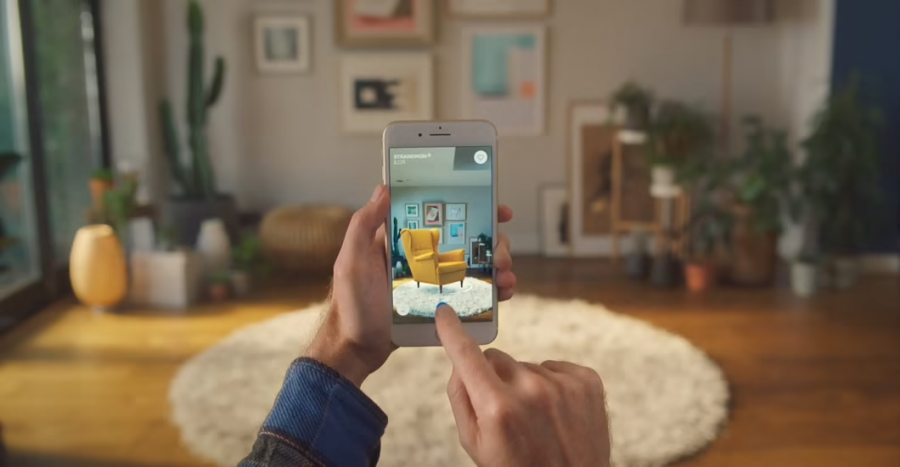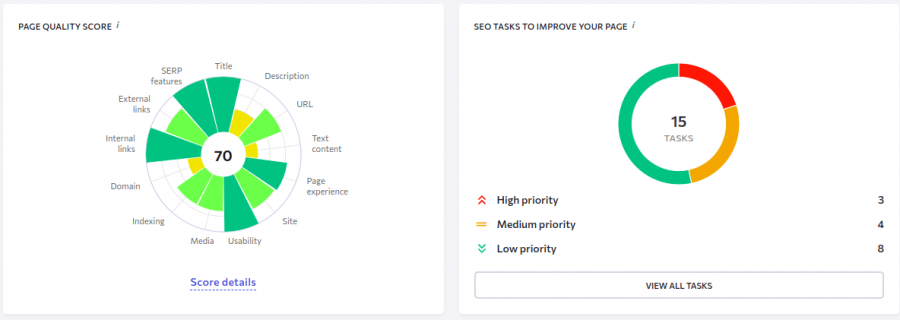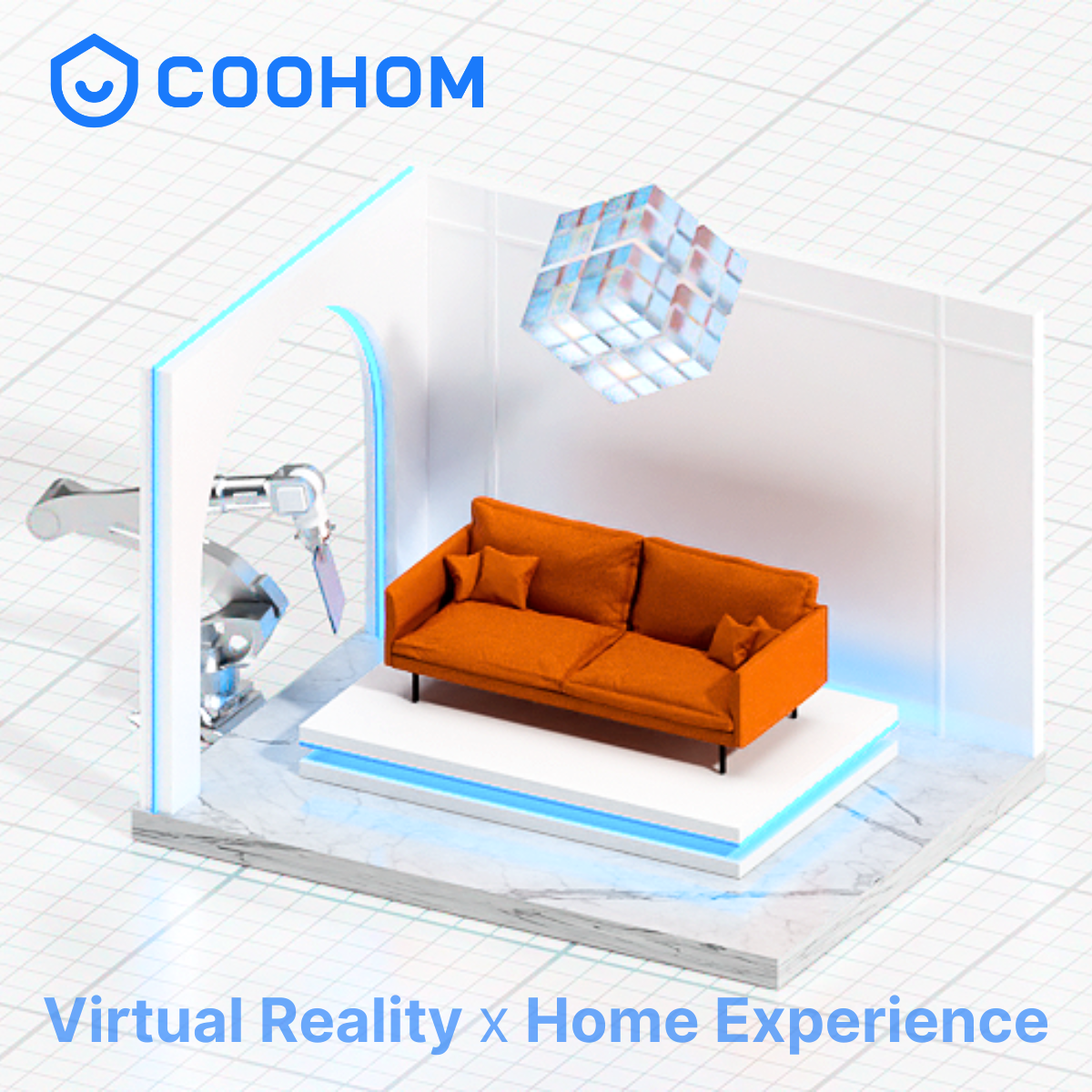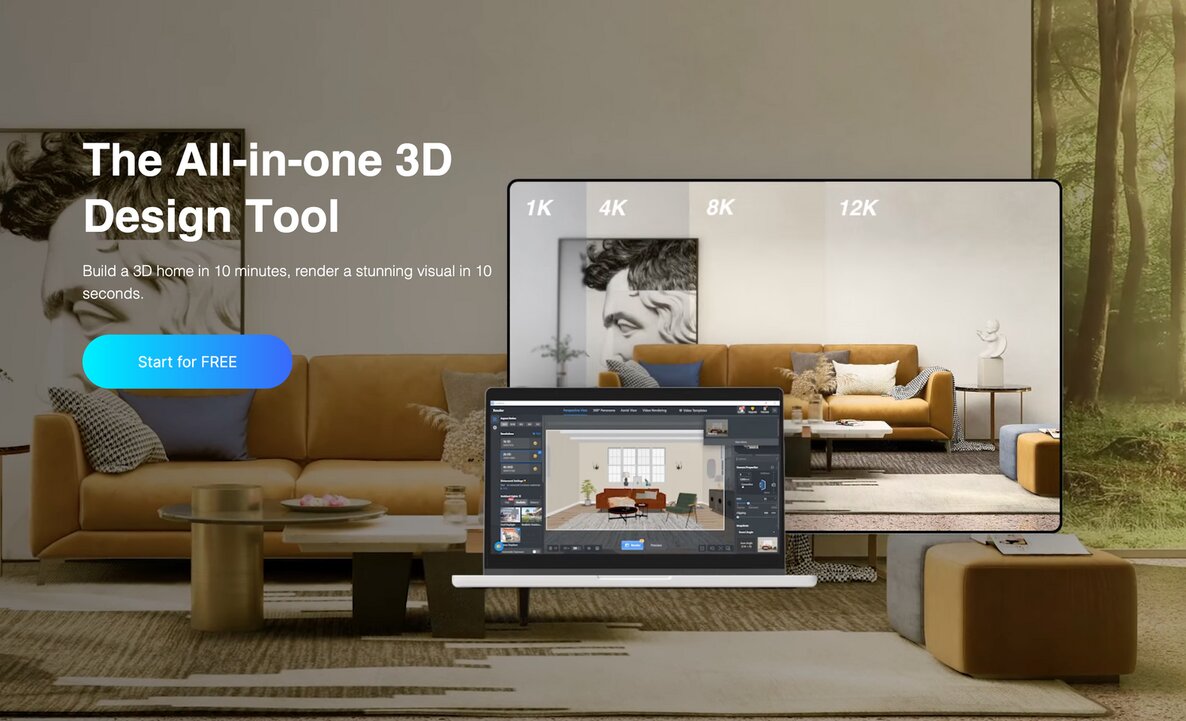Is your furniture store struggling to stand out? A furniture AR app can be the answer! Learn how it can help your business in more than one way.
From Virtual to Real Homes: How AR and VR Propel the Furniture
VR is a great technology, both for having fun and studying. But augmented reality and virtual reality aren’t just tools for playing video games or learning about things like surgery or operating military-grade weapons. They’re also useful tools for sales and marketing.
Want to learn how introducing AR into furniture stores can improve your bottom line? Let’s do it with our short guide.
What are AR and VR?
Most people have probably heard a thing or two about virtual reality. VR goggles have been on the market for years now, and they’re not that expensive anymore. There are dozens of games on the market as well as businesses that rent VR helmets, so a lot of people have experienced VR at least once.
The odds are, even more people have experienced augmented reality as well but didn’t know that it was called AR. The most famous example of an AR experience is Pokemon GO. In this game, you view the world through the lens of your phone and see digital objects overlaid over the camera feed.

Source: The Conversation
This is essentially what AR technology is — combining digital and real world elements, typically through your phone’s camera.
Most people have experienced AR with Instagram filters. A filter like this one is an example of augmented reality.

Source: NextReality
How can VR and AR change the way we shop for furniture?
Both AR and VR have become a part of our digital lives. But how does this influence eCommerce, and specifically the furniture and home decor industries?
The truth is, these technologies have already entered marketing and sales. According to a PWC survey, 32% of customers use VR to purchase products.

Source: PWC
AR is accessible to anyone with a smartphone and opens huge opportunities for interacting with products without having to go to a physical store. In an AR app like Ikea’s, you can point your phone camera at a place where you want your furniture to be and see how it would look in 3D.
This makes it even more convenient than going to the store because you can imagine how any piece of furniture would fit inside your apartment, something that going to the store would never accomplish.

Source: Ikea
With augmented reality apps, customers can try the design they have in mind with their phones. It can also change the product in real time if it has many color options or can be customized.
How AR and VR Help in Each Stage of the Furniture Buying Journey
Creating value in eCommerce is hard. Creating an app or filter that improves sales is even harder.
But a well-thought-out approach can save you time and money on all stages of the customer journey and increase the effectiveness of your business across all main areas of marketing.
There are multiple ways to visualize the sales funnel, but in its simplest form, customers start by learning about the company, making a purchase, and becoming brand advocates.
In our classification, we’re going to include the following steps of the sales funnel:
- Awareness
- Consideration
- Purchase
- Retention
- Advocacy
Let’s discover how VR and AR can help your business at each of these stages.
Awareness
Awareness is the first stage of the sales funnel, where the customer doesn’t have the intent to make a purchase and doesn’t know about your company yet.
In the context of the furniture industry, leads who are in the awareness stage are people who aren’t planning on purchasing a new piece of furniture but are browsing different designs out of interest or maybe planning to make a few purchases in six months to a year.
They are interested in furniture as a whole, but they don’t plan on buying it any time soon. So converting them right at the moment isn’t possible. They simply don’t have the budget, and furniture purchases tend to be planned, not spontaneous.
However, businesses can still profit from gaining the attention of these customers, as they will buy a piece of furniture sooner or later. So being on their radar makes you more likely to receive an order from them.
To help potential customers learn about your services, you can run paid advertising campaigns, do social media marketing, or do content marketing with SEO. AR can potentially be a very good addition to your SMM efforts because people love to share novelties on social media and many AR apps can be made into AR filters.
Paid advertising is a great tool for sales, but using it for general brand awareness can be expensive. Instead, you can get a lot of advertising for free with content marketing and SEO.
If you want to double down on SEO, use a specialized tool like On-Page SEO Checker by SE Ranking to analyze your pages, get recommendations for improvement, and bring your business or furniture VR app closer to users. It provides a general overview of your website and can suggest specific improvements.

Source: SE Ranking
This tool provides suggestions on what technical elements of the site can be improved and offers a straightforward path of action.

Source: SE Ranking
SE Ranking can also suggest keywords that are relevant to your site. If you’re a smaller local business, the odds are you can easily rank for furniture AR-related searches in your area and increase brand visibility with a crowd that matters.
To monitor how well your website is doing in organic search, you can use Google Analytics. Including tracking tags in your pages lets you view traffic, engagement, conversions, and more. This lets you understand how your website performs and how users are engaging with it.
How can furniture AR help you with improving awareness? AR has one key feature that’s helpful for the awareness stage — it’s fun to play around with.
Many people who are vaguely interested in furniture will simply play with different ideas. It’s quite handy to do it on Pinterest, but it’s not practical. You can’t find those fancy sofas from your pins, and visualizing them in your interior may be hard.
Furniture AR gives you an easy way to see how a particular sofa will look in your home, place it in different spots, change its color, and transform your home. That alone will draw people in. As Snapchat Consumer AR report suggests, frequent users of AR will be 50% more likely to pay attention to brands that have AR experiences.
As of 2021, the user base of frequent AR users was 1.5 billion people and is projected to grow, so you have a huge audience to work with.

Source: Deloitte/Snapchat
On top of that, introducing AR is a newsworthy thing. Send out press releases and talk to your local newspaper for the possibility of promoting your app. If they’re interested, you’ll get public attention and backlinks from reputable sources, which is much needed for SEO efforts.
Overall, furniture AR and VR are great at increasing brand awareness and putting your business on customers’ radars because it’s an interesting, interactive medium.
Consideration
Consideration is the stage where leads are actively looking for product options. They’re ready to buy something but may be looking for ideas on what furniture to purchase.
Here, again, AR is much better than looking for ideas on Pinterest or Google. Since furniture AR apps combine an interactive way of exploring decor ideas with an online store, they help customers quite a lot.
According to Google, 66% of customers are interested in exploring AR for shopping. So if you thought that the public wasn’t ready for AR and VR technologies, think again.
Customers can use AR to place furniture in their homes and experiment with placement and colors — which is something no other medium can do. This alone makes a company with an AR app a better alternative to the competition.
If you have a furniture VR app that provides walkthroughs through showrooms or virtual apartments with your furniture, it’s even more interactive and engaging for customers. The penetration of VR is a lot lower, though, so it may not be the best idea to invest thousands of dollars in making a complicated app.
What you can do instead is use the Coohoom floor planner to create a 360 video walkthrough or a 3D room tour that is accessible to VR headsets and phones. This doesn’t require a huge investment and showcases your products in an interactive way.
Your AR or VR app can also get in the news. There are hundreds of news articles about novel AR apps in the most popular magazines.

Source: Google
Even if you can’t get a feature on Forbes, you will most likely get featured by local newspapers, which can increase your brand visibility and draw in new customers.
Purchase
Purchase is the stage of the sales funnel where the most important conversion happens. The customers already have made up their minds and are actively looking for a business that can sell them the furniture. For instance, upon looking through your furniture VR app and a few dozen photos online, a customer has decided they want an off-white leather sofa in a minimalist style.
You’re not the only business that sells those, but since a customer already knows what your particular sofa looks like in their living room, the odds are in your favor. That’s why businesses that work with furniture AR and VR apps enjoy a 94% increase in conversion rate compared to competitors that don’t.
You do have to ensure that your app works smoothly so that a customer can easily transfer from viewing the product or its specifications in the app to making a purchase. Having to exit the app, find your store on Google, and go through the checkout on the site may discourage some people.
That’s why smooth navigation is crucial to optimize this stage of the funnel.
Retention
Purchase isn’t the last stage of the sales funnel. While the customer has made the purchase, you want them to remain a loyal customer. One part of that is already covered by furniture VR apps.
The customer knows you have a great way of exploring new products and has made a purchase with you, so they’re more likely to continue using VR or AR technology to experiment with interior design.
Consumers also feel a stronger connection with brands that use AR. And thanks to having no ambiguity in how the furniture looks, companies that use AR in the furniture business enjoy 25% fewer product returns.
Another part of customer retention is providing customer care. This can be done with VR and AR technologies.
You can provide instructions on assembling the furniture within the app as Ikea does.

Source: Dezeen
Another thing you could do is provide maintenance instructions. This includes things like common repairs, tips for cleaning the furniture to prolong its service time, etc.
Advocacy
The last stage of the sales funnel is advocacy. Few people end up being your brand advocates, but those who do are instrumental in word-of-mouth marketing. They will be so satisfied with your services that they’ll promote you to their social circle and suggest buying from you once their friends need a piece of furniture.
Good products and customer care are important to convert customers into advocates. AR and VR only make it easier because, as Snapchat Customer AR report suggests, AR technology is deeply social in its core. People tend to share AR experiences, whether it’s an app or an Instagram filter.
So with an AR experience in your marketing arsenal, your business is more likely to be shared and recommended by your patrons.
Summary
AR and VR technology are a new and interesting way of interacting with the digital world. Despite starting out as an entertainment and training technology, it now works perfectly well in eCommerce.
An app that lets consumers experiment with furniture in their homes can help with conversion at every step of the sales funnel. What’s even better, creating an AR app or a VR walkthrough is now cheaper than you think.
It’s a relatively small investment that will pay for itself multiple times over in the long term.
Social Contact:
LinkedIn | Facebook | Instagram | Twitter | YouTube
Media Contact:
>>> Schedule a DEMO!

